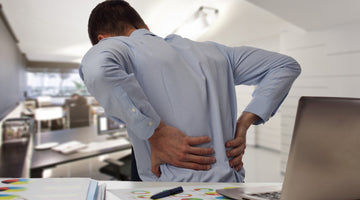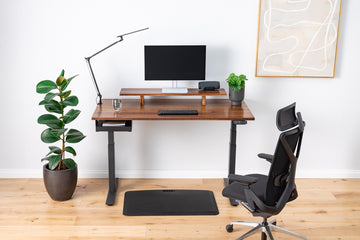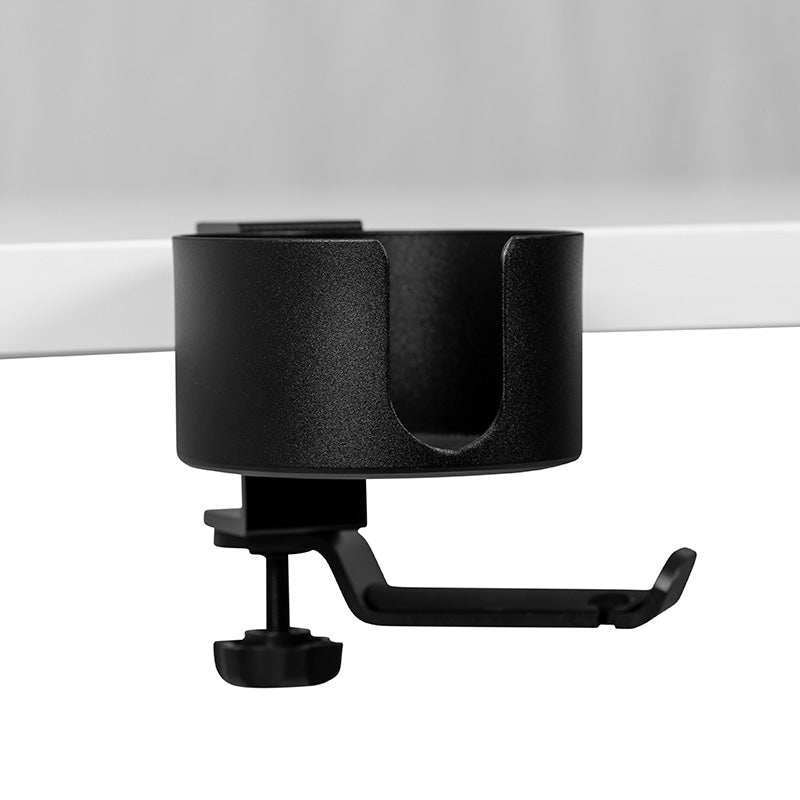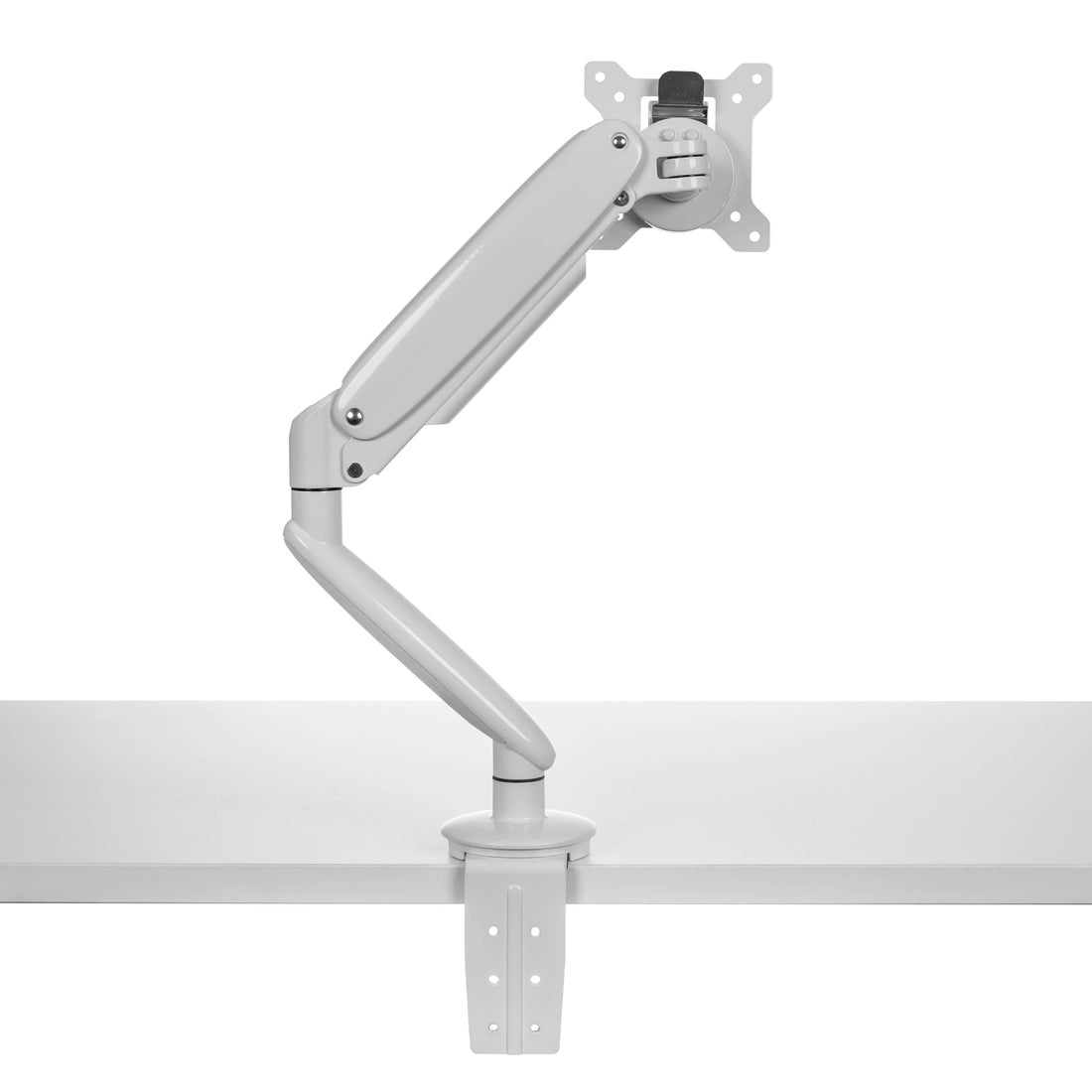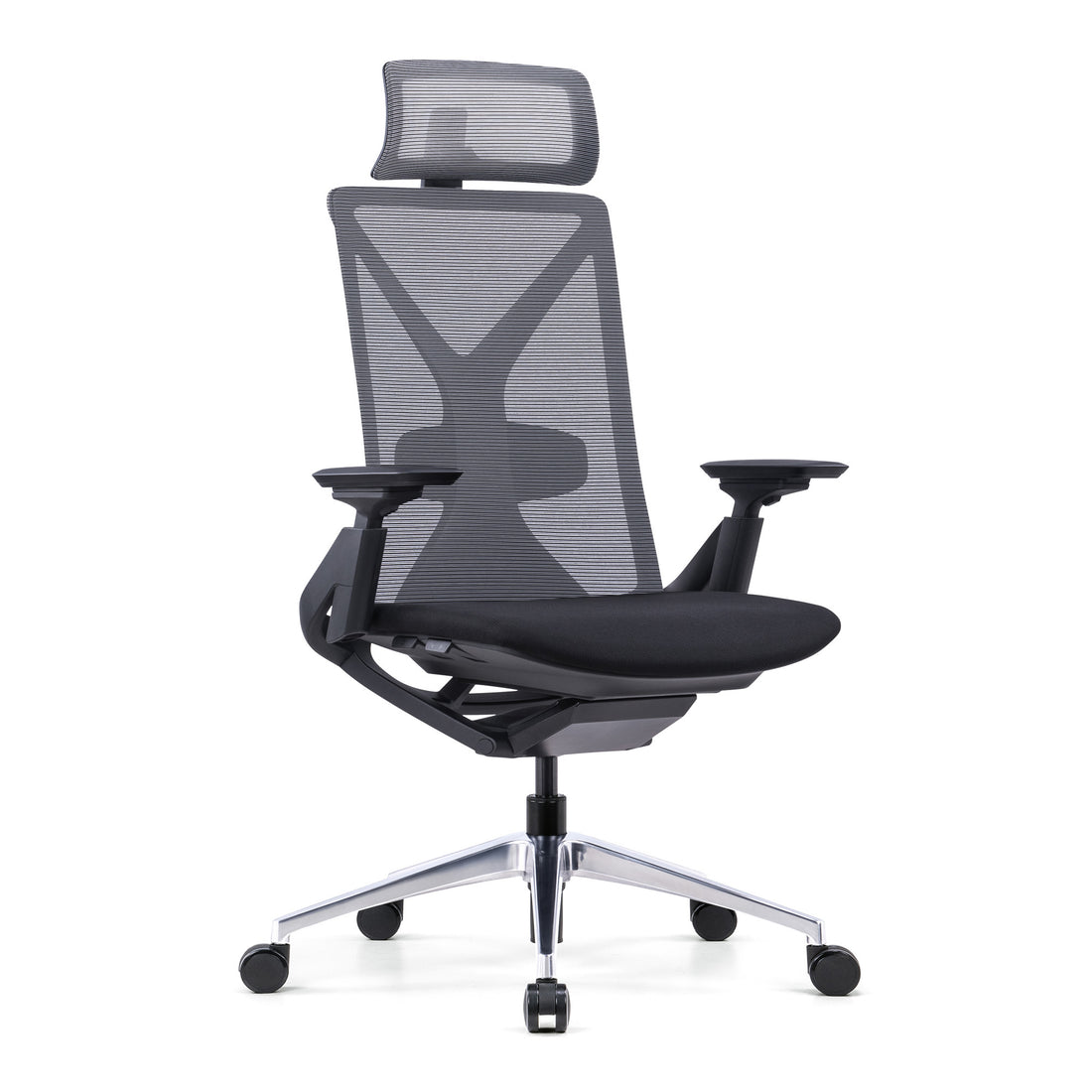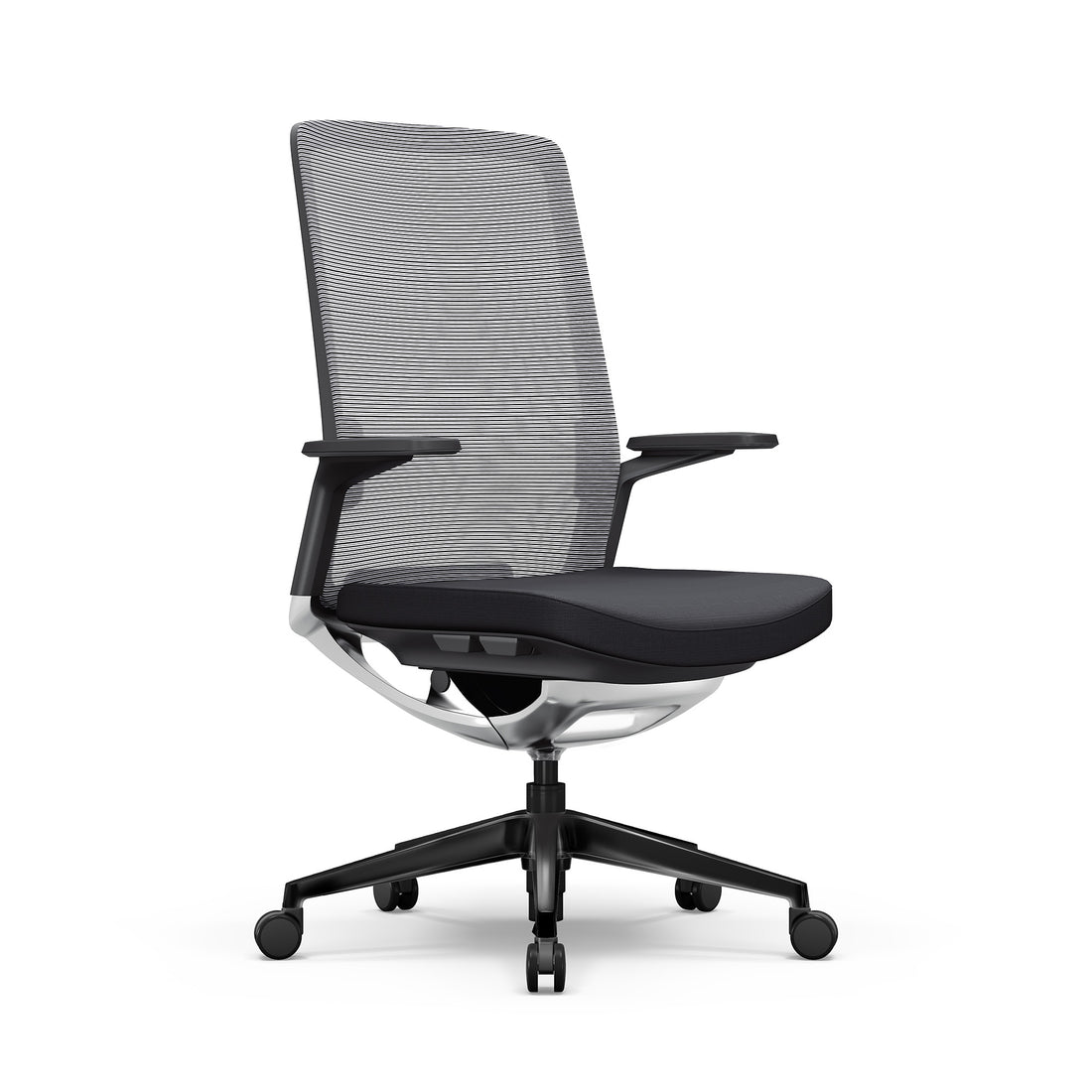
Weight Management
Sitting for prolonged periods can result in weight gain and obesity[ii]. Through movement and contracting our muscles, we burn off the fats and sugars we eat. If we spend a lot of time sitting, our muscles remain in a non-contracted state causing us to retain these fats which eventually get converted to glycogen stores, resulting in weight gain. Even if you regularly exercise but spend a large amount of time sitting, you can still develop health problems such as metabolic syndrome which increases your risk of diabetes, stroke and heart disease.On the contrary, standing has been shown to reduce your risk of weight gain. When we stand, the large muscles in our buttocks (glutes) and thighs (quads) are active or contracted, resulting in more calories burned.
In 2012, a study in the Journal of Physical Activity and Health investigated the difference in calories burned between students sitting at a traditional seated desk and students working at a standing desk. The results indicated a significant increase in calories burned for subjects that were at the standing desk compared with the seated group[iii].
Reduced injury rates
Sitting does not only result in less muscle contractions; it also takes our joints out of their natural anatomical position and leads to abnormal postures that increases the risk of injury.When sitting, our hips are flexed which can cause shortened hip flexor muscles and soft tissues. This leads to tight hip joints and altered body movements which can result in other muscles having to compensate for the loss in flexibility[iv].
Back pain can also be aggravated by sitting. A significant portion of the population (25–50%) is known to develop acute low back pain (LBP) during prolonged sitting[v]. Poor posture while sitting may also result in lengthened muscles and tendons of the back leading to an increased risk of chronic back pain.
Standing, and in particular, the change from a sitting to a standing desk has been shown to reduce back pain[vi]. In addition to this study, Pronk et al. 2011 found that participants who spent an average of 66 minutes of their workday standing experienced a 54% reduction in upper back and neck pain compared to sitting[vii].
Improved Productivity and Mental health
The benefits of standing while working are not restricted to physical health. Improvements in productivity and mental health have also been demonstrated. A 2016 study carried out over 6 months demonstrated that employees who were at standing desks were significantly more productive than seated employees[viii].
Although the link between prolonged sitting and mental health is not fully understood, we do know that the risk of anxiety and depression is higher in people that sit more. This may be because people who are spending a lot of time sitting are missing out on the positive effects of physical activity. Pronk et al. 2011 also showed that 33% of participants felt reduced levels of stress after using a sit to stand desk.The evidence clearly demonstrates that standing desks are beneficial for every physically capable desk user.
In order to maximise these benefits and minimise any risks, there are guidelines I would advise:
- A regular change of position is the important thing to take from the evidence. Although prolonged sitting has detrimental effects, standing in the same position for a full working day can also have its draw backs. Buckley et al. 2015 recommend workers to initially aim for two hours standing per day, eventually progressing to a total of four hours per work day[ix].
- Whether you are sitting or standing, working with an improper posture or poor ergonomic set up can cause injury and negative health consequences. Ensure your work space is set up properly and regular breaks from postures are taken.
- Even if you adopt a stand desk and feel the benefits, it does not simply replace physical exercise. In my opinion the slogan should be changed from “sitting is the new smoking” to “being static is the new smoking”.
References:
I.https://www.betterhealth.vic.gov.au/health/healthyliving/the-dangers-of-sitting
II. APA Bassett, David R. Jr.1; Freedson, Kozey, Medical Hazards of Prolonged Sitting, Exercise and Sport Sciences Reviews: July 2010 - Volume 38 - Issue 3 - p 101-102. doi: 10.1097/JES.0b013e3181e373ee
III. Difference in Caloric Expenditure in Sitting Versus Standing Reiff, Marlatt and Dengel. Difference in caloric expenditure in standing versus sitting desks. Journal of physical activity and health. 2012. Issue 7. P1009-1011
IV. Mills M, Frank B, Goto S, et al. EFFECT OF RESTRICTED HIP FLEXOR MUSCLE LENGTH ON HIP EXTENSOR MUSCLE ACTIVITY AND LOWER EXTREMITY BIOMECHANICS IN COLLEGE-AGED FEMALE SOCCER PLAYERS. Int J Sports Phys Ther. 2015;10(7):946‐954.
V. Sheahan, T.,Diesbourg, S. The effect of rest break schedule on acute low back pain development in pain and non-pain developers during seated work. Applied Ergonomics. Volume 53, Part A, March 2016, Pages 64-70
VI. APA Ognibene, Grant T. BA; Torres, Wilson BS; von Eyben, Rie MS; Horst, Kathleen C. MD Impact of a Sit-Stand Workstation on Chronic Low Back Pain, Journal of Occupational and Environmental Medicine: March 2016 - Volume 58 - Issue 3 - p 287-293.
VII. Pronk NP, Katz AS, Lowry M, Payfer JR. Reducing Occupational Sitting Time and Improving Worker Health: The Take-a-Stand Project, 2011. Prev Chronic Dis 2012;9:110323.
VIII. Gregory Garrett, Mark Benden, Ranjana Mehta, Adam Pickens, S. Camille Peres & Hongwei Zhao (2016) Call Center Productivity Over 6 Months Following a Standing Desk Intervention, IIE Transactions on Occupational Ergonomics and Human Factors, 4:2-3, 188-195.
IX. Buckley JP, Hedge A, Yates T, et al. The sedentary office: an expert statement on the growing case for change towards better health and productivity. British Journal of Sports Medicine 2015;49:1357-1362.

